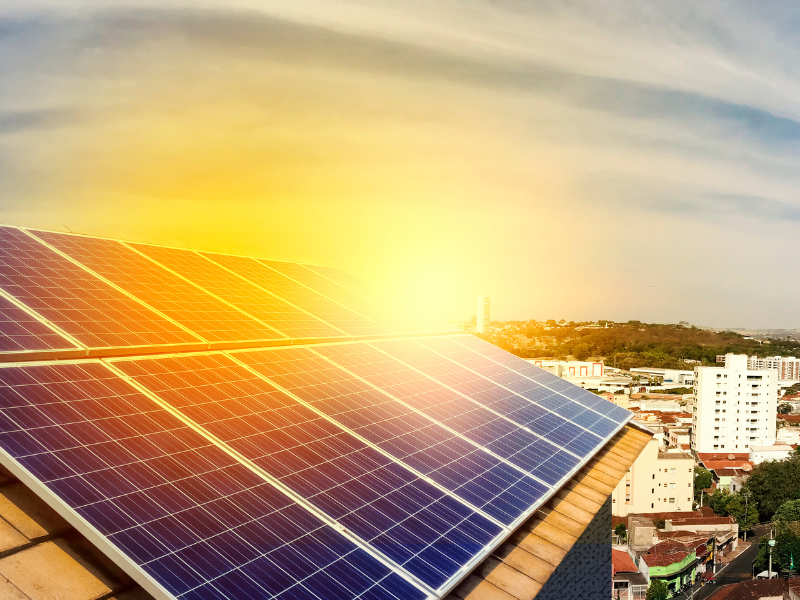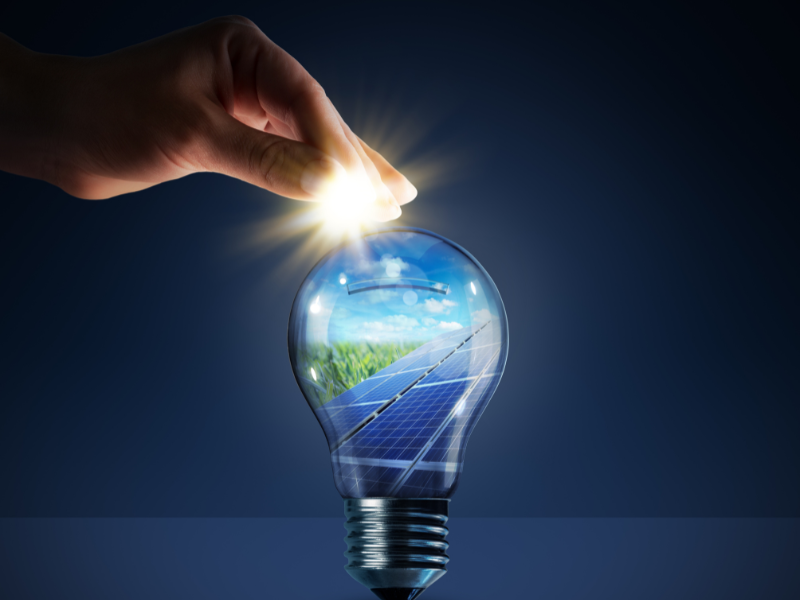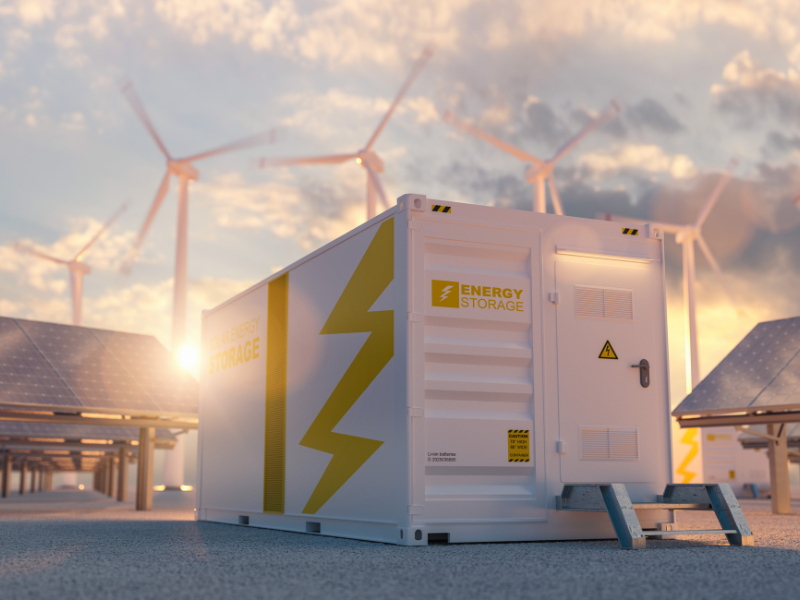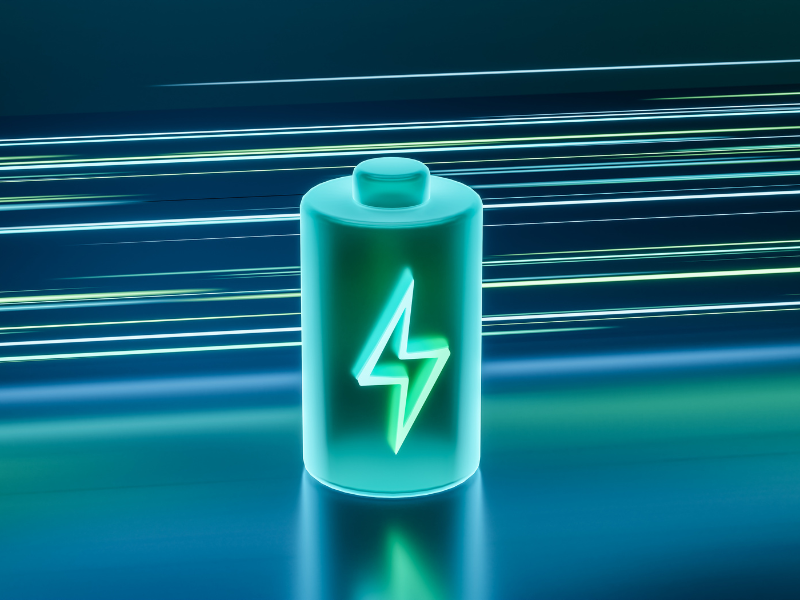As the world grapples with the challenges of environmental degradation and climate change, the need for clean energy technologies has never been more pressing. The reliance on fossil fuels for energy production has been identified as a leading contributor to greenhouse gas emissions and global warming. In response, scientists, innovators, and policymakers have been working tirelessly to develop and implement cleaner and more sustainable energy alternatives.
In this article, we will delve into the fascinating world of clean energy technologies, exploring their significance, types, and potential to revolutionize the way we power our world.
What are Clean Energy Technologies?

Clean energy technologies refer to a diverse range of renewable energy sources and innovative solutions aimed at reducing carbon emissions and minimizing environmental impact. Unlike conventional energy sources, such as coal and oil, clean energy technologies harness the power of natural resources that are renewable and virtually inexhaustible. These technologies prioritize sustainability, making them crucial players in the transition to a low-carbon future.
The Significance of Clean Energy Technologies

Clean energy technologies hold immense significance in our battle against climate change and environmental degradation. By shifting our reliance away from fossil fuels towards cleaner and greener energy sources, we can significantly reduce greenhouse gas emissions and mitigate the adverse effects of global warming. These technologies also offer a host of other benefits, including:
- Reduced air pollution: Unlike traditional energy sources, clean energy technologies produce little to no air pollutants, such as sulfur dioxide, nitrogen oxide, and particulate matter. This has a tangible positive impact on air quality and public health, reducing respiratory diseases and improving overall well-being.
- Energy security: Clean energy technologies often utilize domestic and renewable energy sources. By diversifying our energy mix and reducing dependence on imported fossil fuels, we can enhance energy security and insulate ourselves against potential geopolitical tensions and market fluctuations.
- Job creation and economic growth: The transition to clean energy technologies has the potential to create millions of new jobs and stimulate economic growth. Industries associated with renewable energy, such as solar and wind power, have experienced rapid expansion and are projected to continue growing, offering employment opportunities across various sectors.
Types of Clean Energy Technologies

Clean energy technologies encompass a wide array of innovative solutions that harness renewable resources to generate power. Let’s explore some of the most prominent types below:
1. Solar Power
Solar power utilizes solar panels to capture the sun’s rays and convert them into electricity. This technology is exceptionally versatile and can be employed on both large-scale solar farms and individual rooftops. Solar power has experienced exponential growth in recent years, thanks to falling costs and increased efficiency.
2. Wind Power
Wind turbines harness the kinetic energy from the wind and convert it into electrical energy. Wind power is one of the fastest-growing renewable energy sources globally, with vast potential for expansion. Offshore wind farms, situated in coastal areas, have emerged as a particularly promising avenue for wind power generation.
3. Hydropower
Hydropower involves harnessing the energy of flowing or falling water to generate electricity. This technology usually utilizes dams or other structures to capture the water’s energy potential. Hydropower is a mature and widely adopted clean energy technology, accounting for a significant share of global electricity production.
4. Geothermal Energy
Geothermal energy taps into the natural heat stored beneath the Earth’s surface. By drilling deep wells into geologically active areas, steam or hot water is extracted and utilized to generate electricity or provide direct heating. Geothermal energy offers a stable and reliable source of power and is particularly suited for regions with geothermal resources.
5. Bioenergy
Bioenergy involves utilizing organic matter, such as crops, wood, and biowaste, to produce heat, electricity, or fuel. This can be achieved through processes like combustion, fermentation, or gasification. Bioenergy holds immense potential in the transition to cleaner and more sustainable energy systems, particularly in sectors such as transportation and heating.
6. Tidal Energy
Tidal energy harnesses the natural rise and fall of ocean tides to generate electricity. This technology typically involves the use of tidal turbines or barrages to capture the kinetic energy of the moving tides. Tidal energy has shown great promise and has the added advantage of being a predictable and reliable energy source.
How Do Clean Energy Technologies Work?

Clean energy technologies operate on the principle of converting renewable resources into usable energy. Let’s delve into the mechanics of some of these technologies:
1. Solar Power: Marvels of Photovoltaic Technology
Solar power relies on photovoltaic (PV) technology to convert sunlight into electricity. PV panels consist of multiple interconnected solar cells, typically made of silicon, that absorb sunlight and generate an electrical charge through the photoelectric effect. This charge is then converted into usable electrical energy and can either be directly consumed or stored in batteries for later use.
2. Wind Power: Harnessing Nature’s Energy
Wind turbines comprise three primary components: the rotor, the generator, and the tower. As the wind blows, it causes the rotor blades to spin, triggering the rotation of the internal shaft connected to the generator. The generator then converts the rotational movement into electrical energy. This electricity is then transmitted through underground cables and fed into the power grid for distribution.
3. Hydropower: Harnessing Gravity and Flow
Hydropower facilities typically involve a dam that creates a reservoir of water. As water is released through the dam, its gravitational potential energy is converted into kinetic energy, which drives turbines connected to generators. The rotating turbines generate electricity, which is subsequently transmitted via power lines to homes and businesses.
4. Geothermal Energy: Tapping into Earth’s Heat
Geothermal energy exploits the intense heat found below the Earth’s surface. In geothermal power plants, wells are drilled into geologically active regions, such as geysers or volcanic areas, to access the steam or hot water trapped beneath. This steam is then used to rotate turbines connected to generators, producing electricity.
5. Bioenergy: Unlocking the Power of Biomass
Bioenergy technologies leverage organic matter, such as agricultural residues, forestry waste, or dedicated energy crops, to produce heat, electricity, or fuel. Through processes like combustion, fermentation, or gasification, the organic matter is converted into usable energy forms. This energy can then be harnessed for a variety of applications, such as powering vehicles or heating buildings.
The Impact of Clean Energy Technologies
Clean energy technologies have the potential to revolutionize the world’s energy landscape and bring about substantial environmental and socioeconomic benefits. Let’s take a closer look at some of the impacts:
1. Environmental Benefits
By replacing fossil fuel-based energy sources with cleaner alternatives, clean energy technologies significantly reduce carbon emissions and help combat climate change. They also contribute to improved air quality by minimizing the release of harmful pollutants, mitigating the risk of respiratory illnesses and other health issues.
2. Energy Access for All
Clean energy technologies offer the opportunity to provide energy access to remote and underserved communities around the globe. Off-grid solar systems, for instance, can bring electricity to areas without access to traditional power grids, enabling the provision of essential services such as lighting, communication, and healthcare.
3. Economic Growth and Employment
The widespread adoption of clean energy technologies stimulates economic growth and job creation. As these technologies continue to advance and become more accessible, new industries and markets emerge, generating employment opportunities and stimulating investment.
4. Energy Efficiency and Affordability
Clean energy technologies often prioritize energy efficiency, minimizing waste and reducing energy consumption. This, in turn, can lead to lower energy costs for consumers and businesses, making energy more affordable and accessible to a broader range of individuals and organizations.
FAQs
Q: Are clean energy technologies reliable and efficient?
Clean energy technologies have undergone significant advancements in recent years, making them increasingly reliable and efficient. Wind and solar power, for example, now rival conventional energy sources in terms of reliability and cost-effectiveness. However, the inherent intermittency and variability of some renewable energy sources, such as solar and wind, still pose challenges that require careful planning and integration into the existing grid infrastructure.
Q: What is the future outlook for clean energy technologies?
The future for clean energy technologies is exceedingly promising. As governments, businesses, and individuals recognize the urgent need to transition towards sustainable energy systems, investments in clean technologies continue to grow. Revolutionary developments, such as advancements in energy storage, grid integration, and research into emerging technologies like tidal and hydrogen power, are likely to shape the future of clean energy.
Q: How can I contribute to the adoption of clean energy technologies?
Individuals can play a crucial role in advancing the adoption of clean energy technologies by making conscious choices in their daily lives. These choices may include installing solar panels on rooftops, opting for energy-efficient appliances, reducing energy consumption through conservation practices, supporting renewable energy companies, and advocating for clean energy policies at local and national levels.
Q: Are clean energy technologies economically viable?
Clean energy technologies have experienced a significant reduction in costs over the years, making them increasingly economically viable. The decreasing cost of solar panels, for instance, has made solar power competitive with conventional energy sources in many regions. Additionally, government incentives, tax credits, and subsidies are often available to encourage the adoption of clean energy technologies, further enhancing their economic viability.
Conclusion
Clean energy technologies hold immense promise in our collective effort to combat climate change and achieve a sustainable future. As renewable energy sources continue to become more efficient, cost-effective, and accessible, the transition towards cleaner energy systems becomes increasingly feasible. By embracing clean energy technologies, we can reshape our world, ensuring a healthier, safer, and more prosperous future for generations to come. Let us seize this opportunity to create a world powered by clean energy technologies, where the sun, wind, water, and Earth’s natural resources drive our progress towards a sustainable and resilient future.




